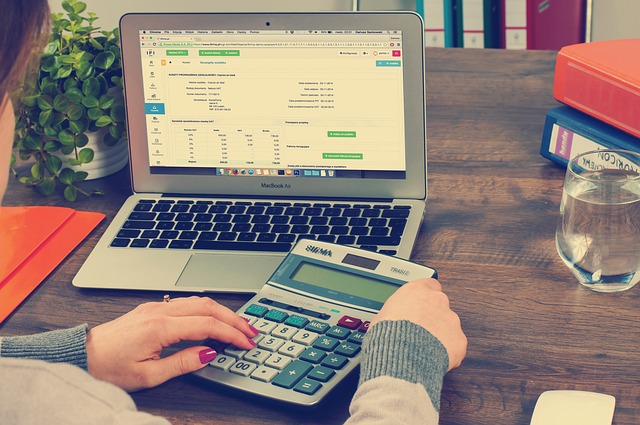The Indian securities market is one of the largest ones in the world, and the rate at which it is growing is simply astounding. What was once considered a niche and risky industry has started to see its numbers swell manifold, and several asset classes like equities, F&O, commodities, etc., are witnessing rapid investor growth?
Futures and options trading has become a favourite, with investors looking to gain a massive return while taking on significant risk. There are several tools that they can rely on, like a margin calculator , candlesticks, etc., to execute their trades in the best possible manner.
So, if you are someone who has dabbled in stocks and equities for quite some time now, you’d be aware of what F&O is. These are assets wherein the value depends on the underlying asset, which in most cases, is the shares on which the futures and options are based. These are the typical high-risk, high-return investments, and people who deal in this segment observe the price fluctuations regularly and execute the trades based on their expectations and assumptions.
If you want to trade in futures and options, you need to deposit a specific margin with the broker. Now, you may be wondering about the logic behind this deposit, as you can just trade whatever you have at your discretion. Well, that can be done in the case of equities, but not really in the case of F&Os, as these are extremely risky asset classes, and brokers charge this margin as a buffer on these trades. These margins help protect the broker if the trades start to go south, and you encounter a significant loss on them.
You can trade in the multiples of the margin you have deposited with the broker, which can vary from one broker to the other or from one index to the other. The multiple of the margin that you would trade in is referred to as the leverage that you possess. To ascertain the exact margin that you need to deposit with your broker, a margin calculator is an absolute essentiality.
On the other hand, a brokerage calculator is a wider tool that is used to calculate brokerages and charges that one needs to pay for when investing or trading in multiple asset classes, and these are the charges that are paid to the broker for the services that they offer. There are brokerage calculator tools that are offered by the brokers as well, and one can use these to ascertain the amount of brokerage they have to pay against every transaction that they make.
If you want to trade in futures and options, the following are some of the advantages a margin calculator offers.
- Trading in this asset class is extremely time sensitive, and if you want to gain massive returns here, you must time your buys or sells perfectly. By using these calculators, you can calculate the exact amount that you need to deposit with your broker, and have that amount on hand to execute trades at a moment’s notice.
- The margin calculator plays a critical role in analysing the financial mapping of the overall situation of the trade as well. They would understand how much they have on hand, the amount that they would need to exit the market before the market closes, and what their position is in respect of the trade’s positions.
- These help in boosting transparency as well, thereby ensuring that brokers aren’t misusing the funds that you have stored with them, and you would be able to carry out the trades without any glitches.
When it comes to margins, there are a few different ones that you would be coming across.
- Standardized Portfolio Analysis of risk- If you want to learn about the exact margins that you would be needed to pay, even in the worst-case scenarios, you should try out SPAN. Under this method, complex algorithms are used to determine the maximum value of losses that may be incurred under a wide variety of situations, and these are updated 6 times a market day, so you may be coming across different margin requirements every time you search for the margin.
- Value at risk margin- The futures and options market is extremely volatile and predicting the risks that may be incurred can only be guessed at. The VaR margin analyses the historical data of a particular derivative, and how it has moved over a specific period. This analysis helps deduce a specific margin for that share.
- Extreme loss margin- This assumes the rolling data of the past six months of a particular share, and then calculates a margin requirement that is based on a couple of parameters. The margin thus deduced is valid for the next month.
Final take:
A margin plays an important role in the overall futures and options set-up. They serve as a buffer, or a defensive embankment for the broker when it comes to saving them from the losses that you may incur due to the volatile nature of this market. A margin calculator comes in extremely handy to calculate and determine the figure that needs to be paid, while a brokerage calculator serves a wider genre of the securities industry.







